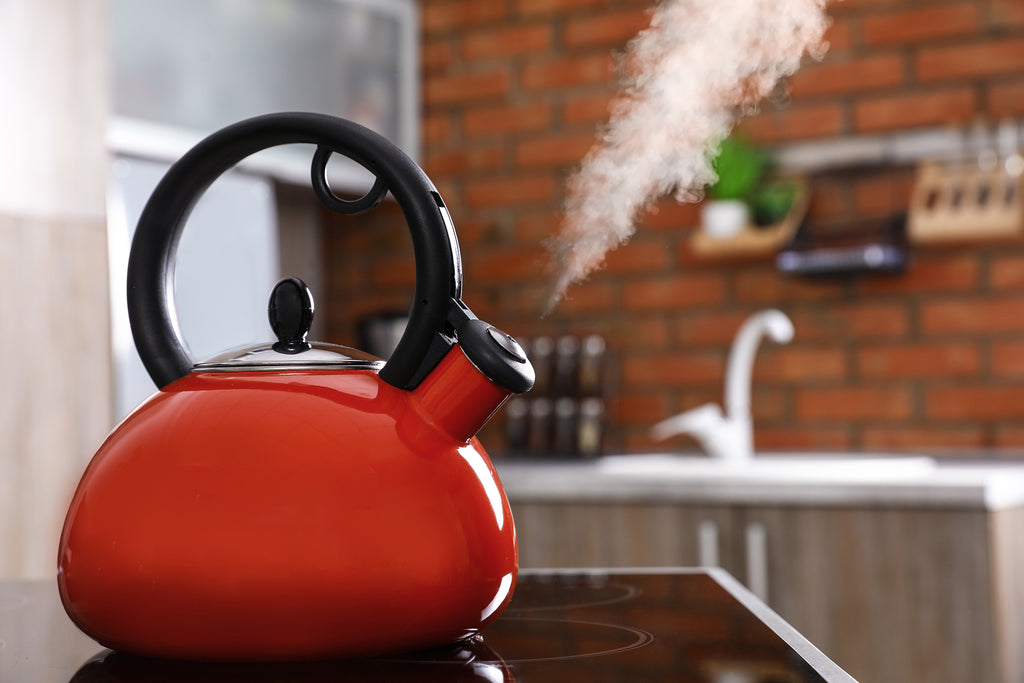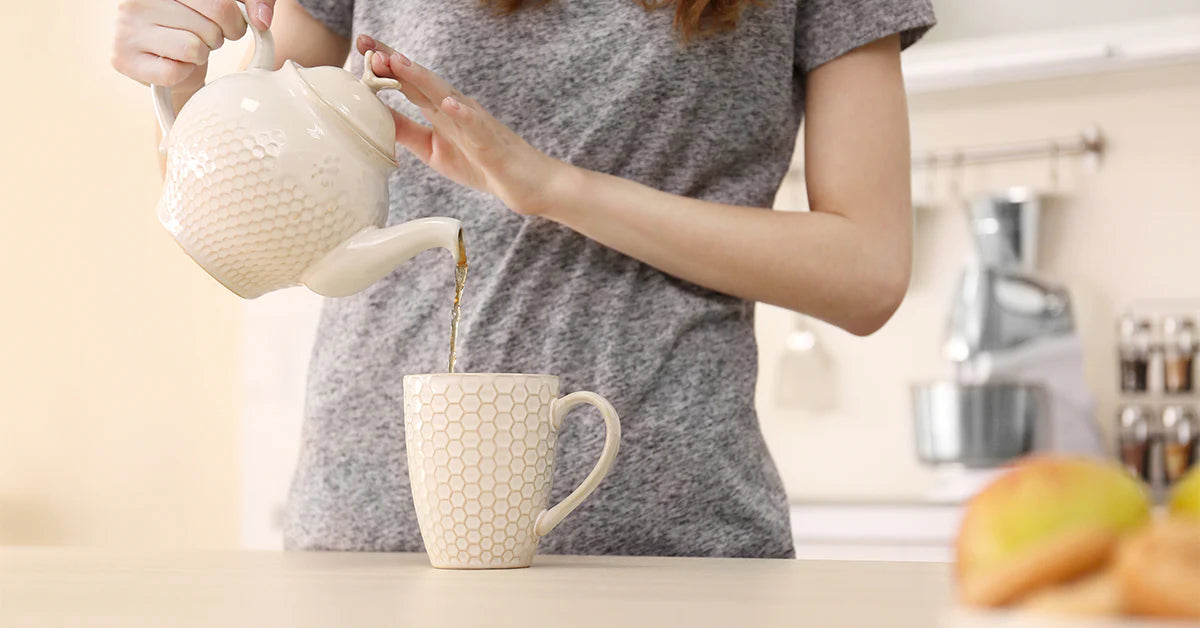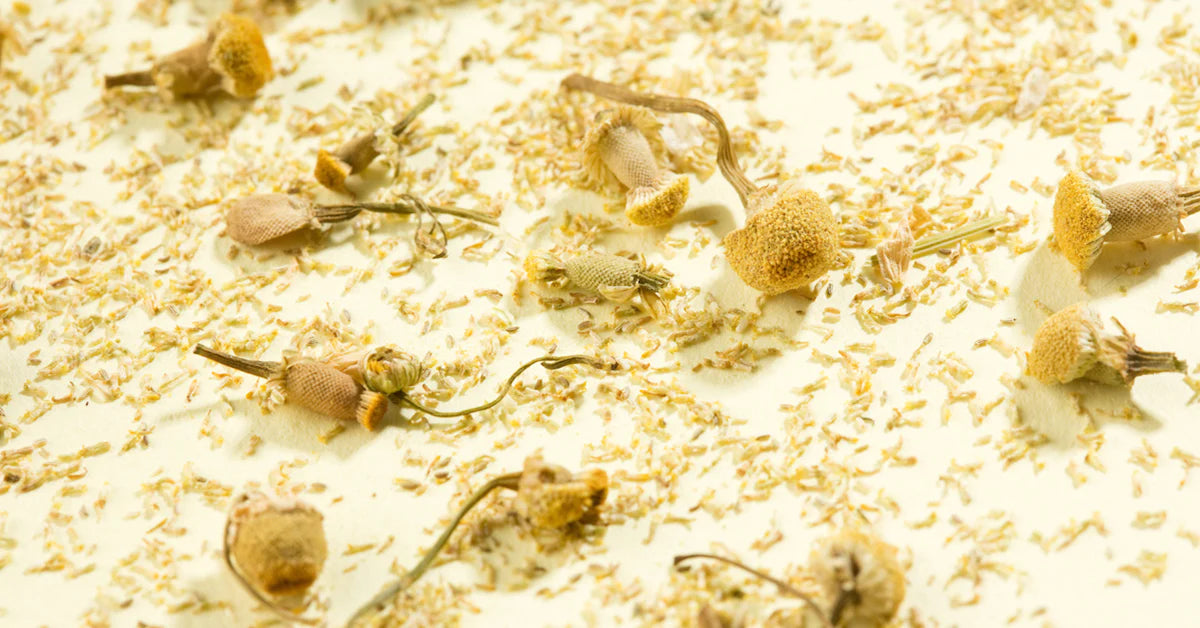Heating water for your tea. Whether you heat the water in a kettle on your stove or in a mug in your microwave, you still get the same thing: hot water. Well, technically that’s correct. But science tells us there’s a difference. And, if you pay close attention, your tea will probably tell you the same thing.
It may not be an epic showdown like Batman vs. Superman or the Jonas Brothers vs. One Direction, but when you pit a kettle vs. a microwave, you might be surprised who wins.
Science. It’s a Thing.
Because the ways a kettle and a microwave heat water are very different, so are your results. Let’s let science tell us how and why.
Kettle. Water heated in a kettle is heated by convection. Here’s how convection works:

- Convection is the circular motion that happens when warmer liquid—which has faster moving molecules, making it less dense—rises, while cooler liquid drops down.
- When you turn the kettle on, heat is coming from the bottom, not bombarding the liquid from all around. As the water on the bottom heats first, it rises (see “convection” above for why), while the cooler water begins to drop down.
- When this happens, eventually the water mixes together to create a uniform temperature. It’s like starting out with a bowl of ice cream, with chocolate on one side and vanilla on the other. If you mix them together, you get chocilla, or vanolate. That is not science, but you get the idea.
Microwave. Basically, a microwave works like this:

- Inside your microwave’s metal box is a magnetron, an electron tube for amplifying or generating microwaves.
- Microwaves are electromagnetic waves with a wavelength that is shorter than that of a radio wave but longer than infrared radiation.
- When you hit the start button, the magnetron converts electricity flowing from your power outlet and converts it into microwaves, which are blasted into the box through a channel called a wave guide and bounce off the interior metal walls.
- When the waves hit your food, or water in this case, they don’t bounce off. Instead, they pass right through your water.
- This gets the water very excited, and its molecules begin to vibrate. Their vibrations have heat, so the faster the molecules vibrate, the hotter the food becomes.
- However, because these electromagnetic waves are coming from all over the microwave (imagine a dog chasing more than one squirrel) instead of just from the bottom like a kettle, convection (the mixing of heat) doesn’t happen.
- The result? The water at the top is hotter than the water at the bottom. This does not make for a consistent, best-of-class tea-drinking experience.
So, there you have it. Heating water for your tea in a kettle will give you water that has a uniform temperature. Since we recommend that you prepare your tea at specific water temperatures based on the type of tea, heating water in a kettle is the only way to do that. A microwave will give you water that is hot, but the temperature is not consistent throughout the cup.
Also, if you have ever tried to take a microwave on a camping trip, you know that a kettle is the much better choice.

Got Kettle?
Hopefully you’ve already got a beloved kettle at home, the first thing you reach for as you stumble into the kitchen in the morning to make your English Breakfast tea, and the last thing you use in the kitchen as you make a cup of Rooibos tea before bed. Whether your kettle is new and shiny or old and well-used, make sure you clean it periodically to keep it free from mineral build-up, which will diminish the taste of your water. Always use cold filtered water so the flavor of your tea comes shining through.
If you’d like a kettle that makes sure your water is the perfect uniform temp every time, try the Fellow Corvo EKG Temperature Control Electric Kettle.
At the end of the day, while we all love the convenience of microwaves, the kettle is the clear winner in the water-heating battle. Plus, there’s something very lovely and quasi-British about saying to a friend before you settle in for tea and a chat, “Let me put the kettle on”… “Let me start the microwave” just doesn’t have the same feel.



